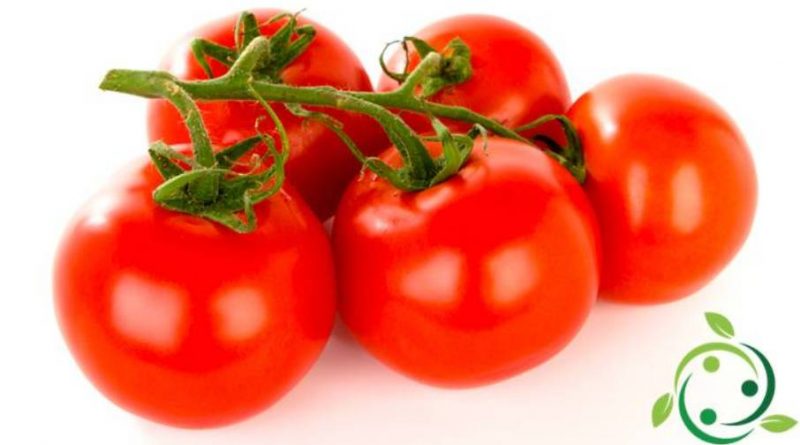Lycopene
Lycopene
Lycopene (from solanum lycopersicum or tomato) is an acyclic isomeric hydrocarbon of beta-carotene, containing 11 conjugated and 2 non-conjugated double bonds, belonging to the carotenoid group. It is used as a food additive, as a dye (identified by the initials E160d). It is a molecule synthesized by plants and micro-organisms, but not by animals. Lycopene is found in both plants and fungi. In plants, lycopene is present mainly in tomato, watermelon, pink grapefruit, apricot and other species. The content of lycopene in tomato berries depends on the variety and degree of ripeness. The lycopene content, especially in mature tomatoes, can range from 30 to over 70 mg per kg of fresh product.
Natural lycopene is the product of a biosynthesis of plants (fungi and plants), from which it is then extracted with synthetic chemical solvents and then separated by crystallization. The lycopene obtained is thus in crystalline form.
It is correct to know that natural tomato lycopene (Solanum Lycopersicum) is extracted from tomato berries produced in any way; that is genetically modified, GMOs, and treated with pesticides (insecticides, herbicides, fungicides) through the use of synthetic chemical solvents (ethyl acetate, acetone, hexane, others). The product thus obtained, in addition to lycopene, contains small amounts of other carotenoids and other constituents present in the tomato (Vitamin E, lipids, others); in addition, residues of process chemical solvents and possibly pesticides may be present, if present in the initial fresh tomato. The product is a viscous fluid of dark red color. This is why we must ask that the extracted lycopene comes from organic farming.
Natural lycopene can also be obtained from fungi (Blakeslea Trispora) which is extracted from biomass with organic chemical solvents (isobutyl acetate, isopropanol) and purified by crystallization and filtration.
In general the major dietary source of lycopene is represented by the tomato (Solanum lycopersicum) from which it takes its name, and its derivatives, in which it represents 60% of the total content in carotenoids. The lycopene content, as seen, is influenced by the level of maturation of the tomato.
Lycopene is a carotenoid with many health benefits: in short we list all its virtues: antitumor activity; antioxidant; of contrast against the production of Free Radicals; for the prostate; for cardiovascular diseases; for the skin and UV protective; anti-cholesterol; inflammatory; antidote of contrast of poisons and toxins with which we can come in contact; protective of the retina.
In short, a very important molecule present in large quantities in mother nature without chw there is any need that is produced synthetically.
Warning: The information reported is not medical advice and may not be accurate. The contents are for illustrative purposes only and do not replace medical advice.

